It is holiday time, and to that end, this latest look at recent books touching on the world of cinema features some gift ideas, quarantine reading—and even literary treats for little ones. This promises to be a strange holiday season. Thankfully, though, it is a strong one for bookworm film lovers.
Paul Thomas Anderson: Masterworks by Adam Nayman (Abrams)
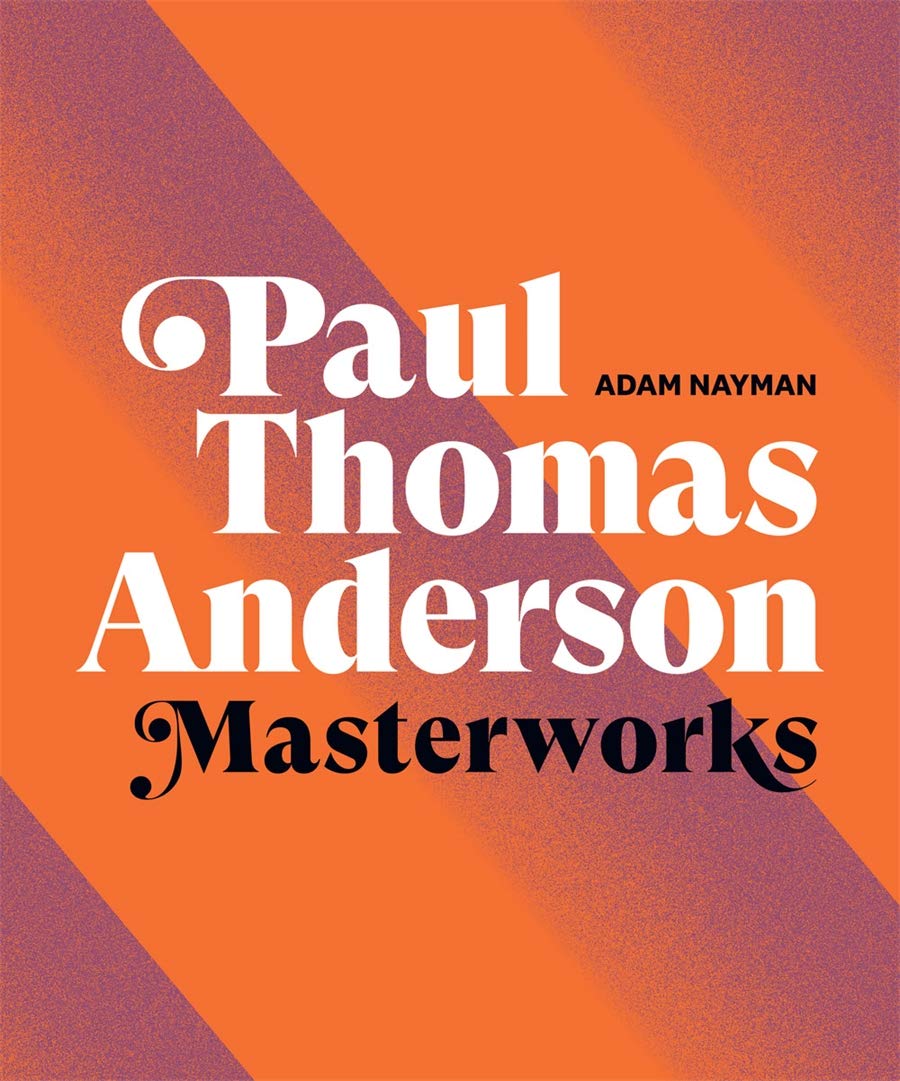
Few film writers balance deep insight and cogent prose as effortlessly as Torontonian Adam Nayman. The latest from the author of Showgirls: It Doesn’t Suck and The Coen Brothers: This Book Really Ties the Films Together is his best yet—a gorgeous, photo-packed study of the films of Paul Thomas Anderson. Masterworks is one of the most noteworthy cinema-themed books of 2020 and, without question, the deep dive Anderson and his films deserve. Opening with There Will Be Blood and moving through all of PTA’s features and music-video work, Masterworks grapples with Anderson’s influences (Short Cuts, Giant), explores the influence of his father and youth in the San Fernando Valley, and ponders the connections between each film. For example, Nayman deftly links Phantom Thread with Punch-Drunk Love. Most welcome is the time spent on each entry; Hard Eight and Inherent Vice receive the same level of coverage as Boogie Nights and The Master. Also included are interviews with the likes of Jack Fisk and Jonny Greenwood. This is an important addition to the canon of cinema texts, and as a PTA primer, it is unlikely to be equaled anytime soon. (See Nick Newman’s recent interview with Nayman here.)
The Nolan Variations: The Movies, Mysteries, and Marvels of Christopher Nolan by Tom Shone (Knopf)
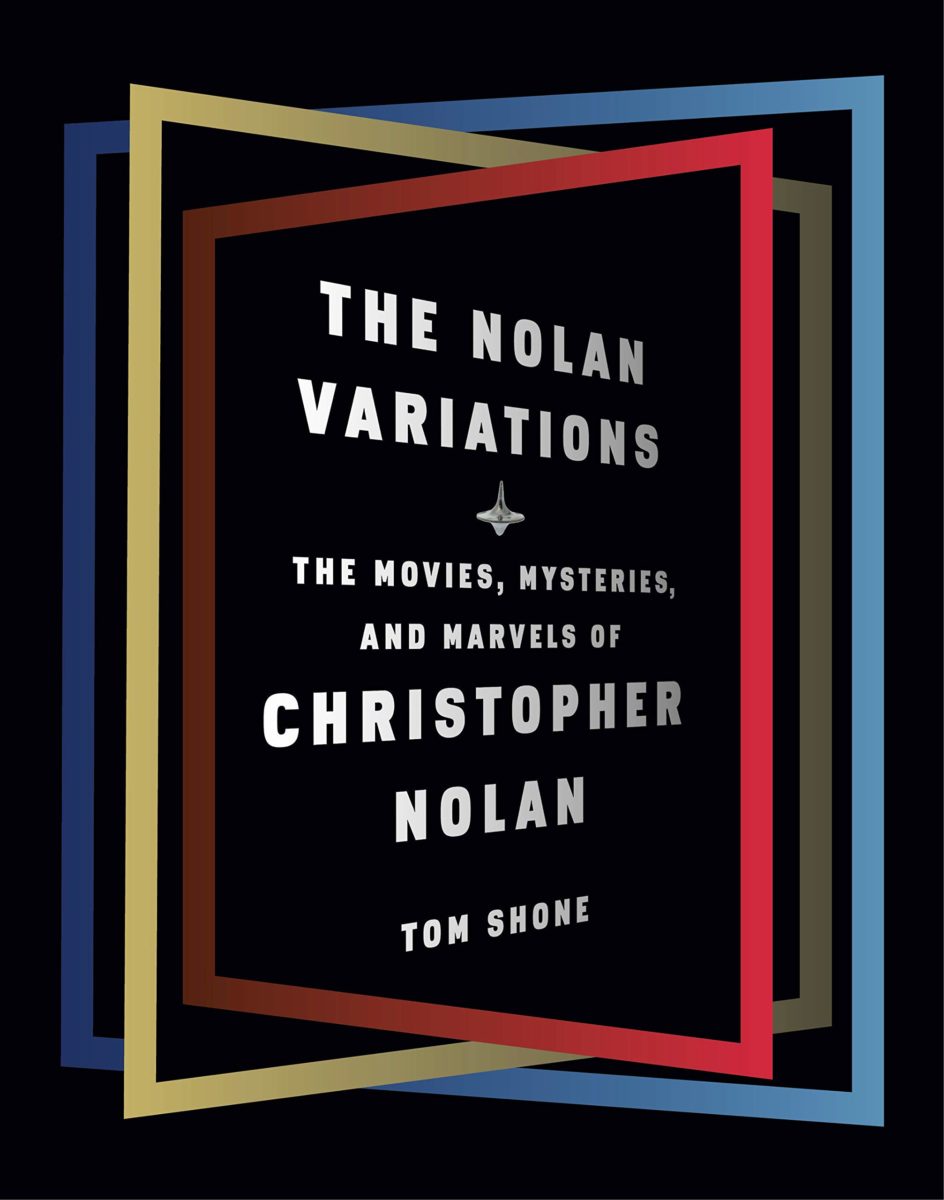
Whatever one’s opinion of Tenet––and whether or not you’ve even had an opportunity to see it in your town––there is no denying the cultural impact of Christopher Nolan. He has more than earned a weighty investigation like Tom Shone’s Nolan Variations. It is long—nearly 400 pages—and packed with tidbits about the director and his films. An example comes early in the book, as Shone recounts his first chat with Nolan at Canter’s Deli in 2001: “As he picked up his menu, I couldn’t help but notice that he leafed through it backwards. He was left-handed, he said, and always leafed through magazines and such from back to front.” (Insert a thinking emoji here.) The presence of new insights from Nolan himself makes the book especially noteworthy. Variations is so current that it touches on Tenet, and calls special attention to a line spoken by Clémence Poésy early in the film: “Don’t try to understand it … Feel it.” Shone describes this as “one of Nolan’s customary invitations for audiences not to overthink the film but to give themselves over to it as it passes through them.” These are wise words, and The Nolan Variations is a very wise book.
American Utopia by David Byrne and Maira Kalman (Bloomsbury)
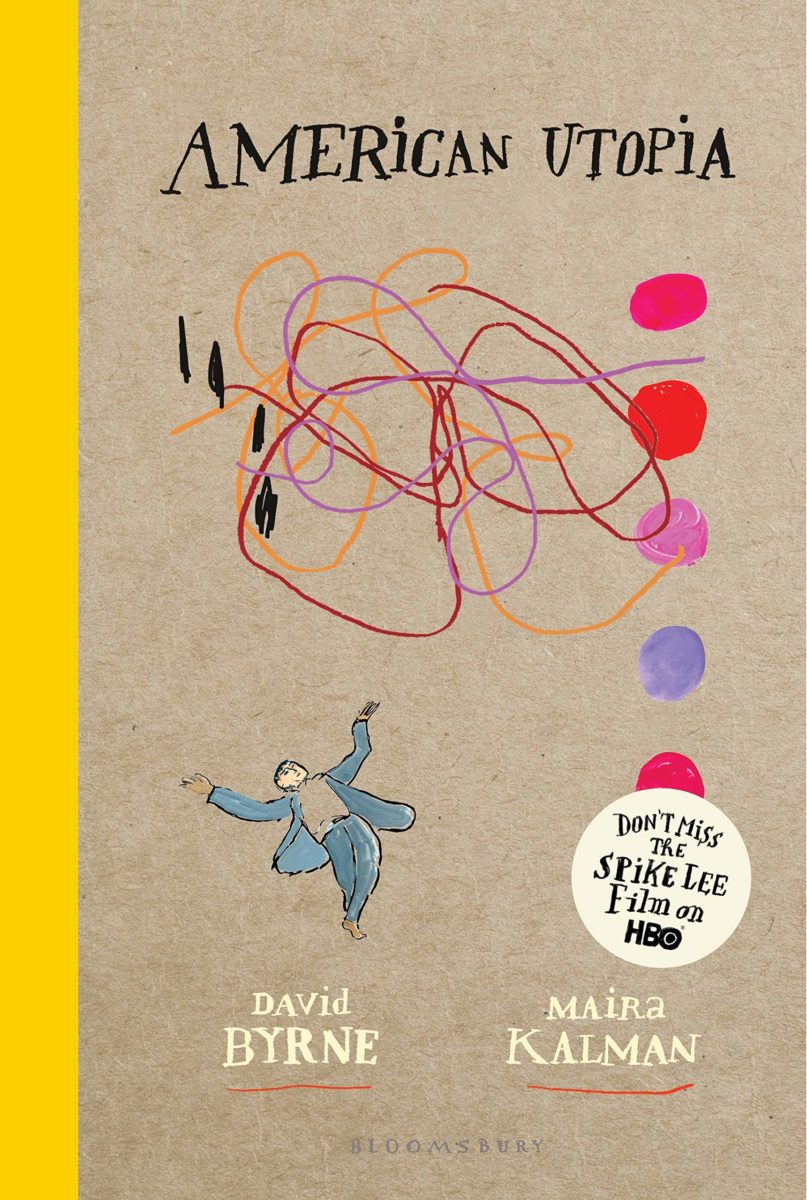
Has there been a more energizing creation in 2020 than David Byrne’s American Utopia? Spike Lee’s joyous film based on Byrne’s Broadway smash is both soothing and appropriately conflicted: an ideal concoction for these troubled times. The same is true of this hardcover collaboration between Byrne and artist Maira Kalman. It features the prolific musician’s lyrics alongside her vibrant, life-affirming illustrations. It is no exaggeration to say that each page is a delight. Near the book’s end––next to an illustration of a human figure swaying in unison with tree branches—is a line that seems to unconsciously comment on what many of us are feeling at this very moment: “I’m not alone and we’re all the same and the world won’t end it will just change its name.”
A is for Auteur by Cory Everett (Cinephile LLC)
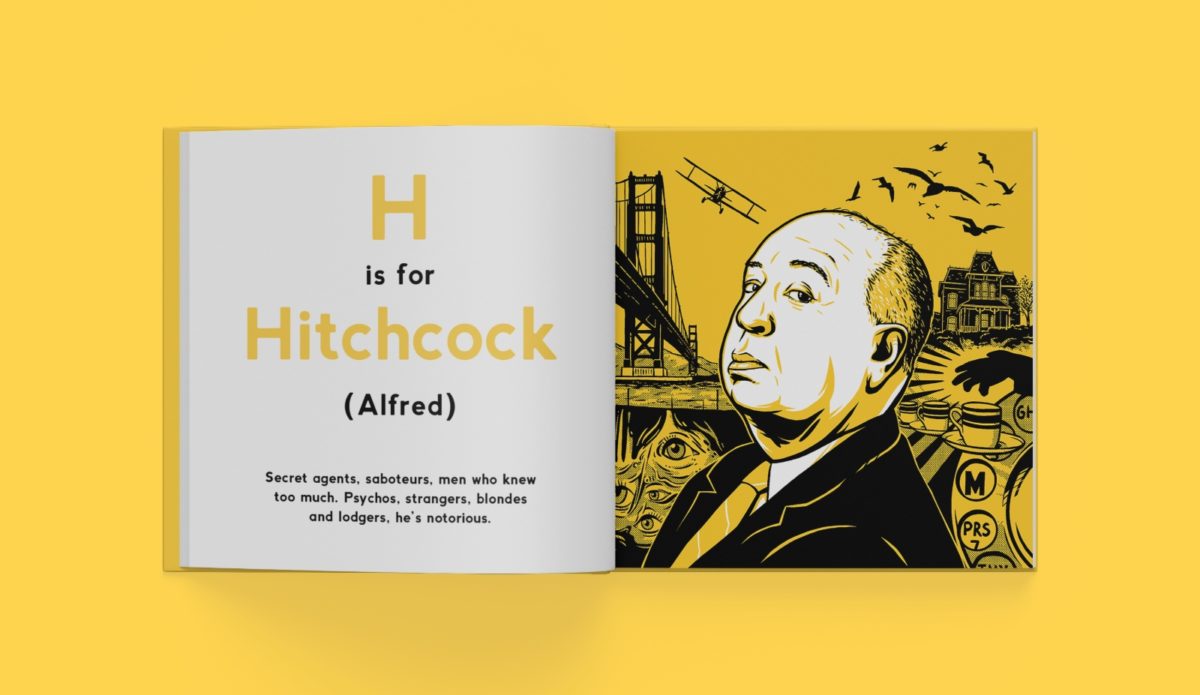
Cinephile: A Card Game was a pandemic must-have for many folks—and is regularly enjoyed by the staff of The Film Stage and The Film Stage Show. The Cinephile team’s latest project, A is for Auteur, is a positively delightful picture book for young readers. And as a parent, I cannot tell you how welcome that is. With clever, simple, age-appropriate text by Cory Everett and lovely illustrations by Steve Isaacs, the book serves as a perfect introduction to cinema. Here is an example, from the “D is for De Palma” entry: De Palma is for “Femme fatales, phantoms, doubles and prom queens. Hitchcockian thrillers, diopter split-screens.” OK, the kids might need a diopter split-screen explanation, but that’s part of the fun. A is for Auteur can be a glorious gateway into an exciting world of cinema. That is incredibly cool—and extremely important. Note that the Cinephile site also includes apparel for lil’ cinephiles. I can’t tell you how many times I’ve had two child-sized “S is for Scorsese” shirts in my cart …
Frank Herbert’s Dune: The Graphic Novel, Book 1 adapted by Brian Herbert and Kevin J. Anderson, illustrated by Raúl Allén and Patricia Martín (Abrams ComicArts)
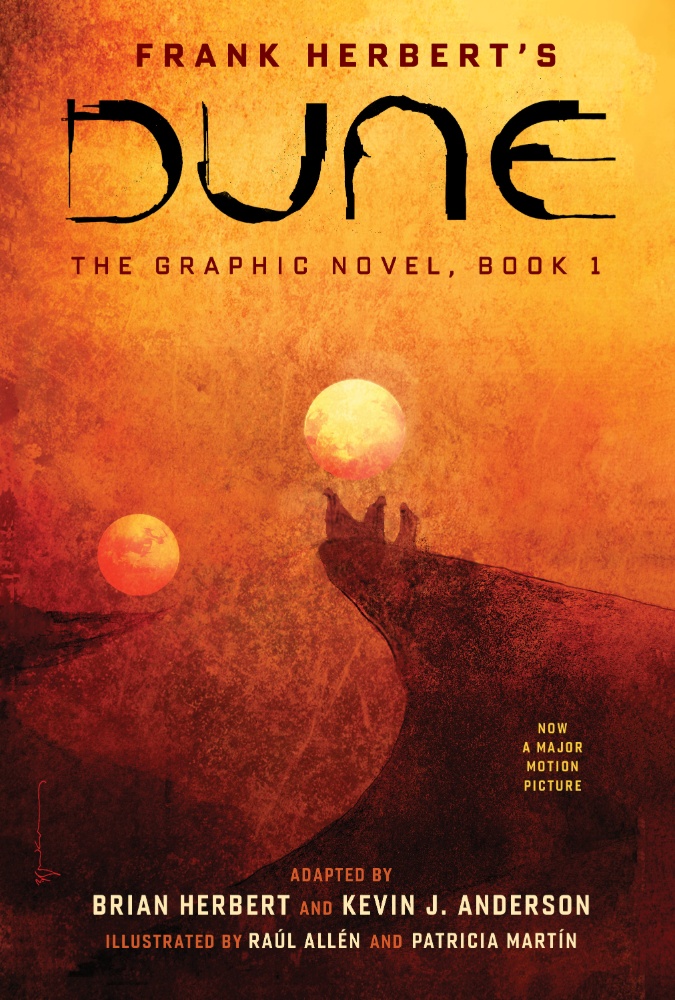
By now, we have all accepted the fact that Denis Villeneuve’s Dune will not be released until October 2021. That is … a bit of a wait. Dune: The Graphic Novel might help. Co-adapted by author Frank Herbert’s son, Brian Herbert, it’s a thoughtful, lovingly drawn take on the story of Paul Atreides. It is also a fine primer for folks (like me) who have been meaning to re-read Dune before next October. In fact, the only criticism here is what appears on the last page: “Dune the Graphic Novel Book 2, Muad’dib coming spring 2022.” Spring 2022?! That is … a bit of a wait.
Back to the Future at 35
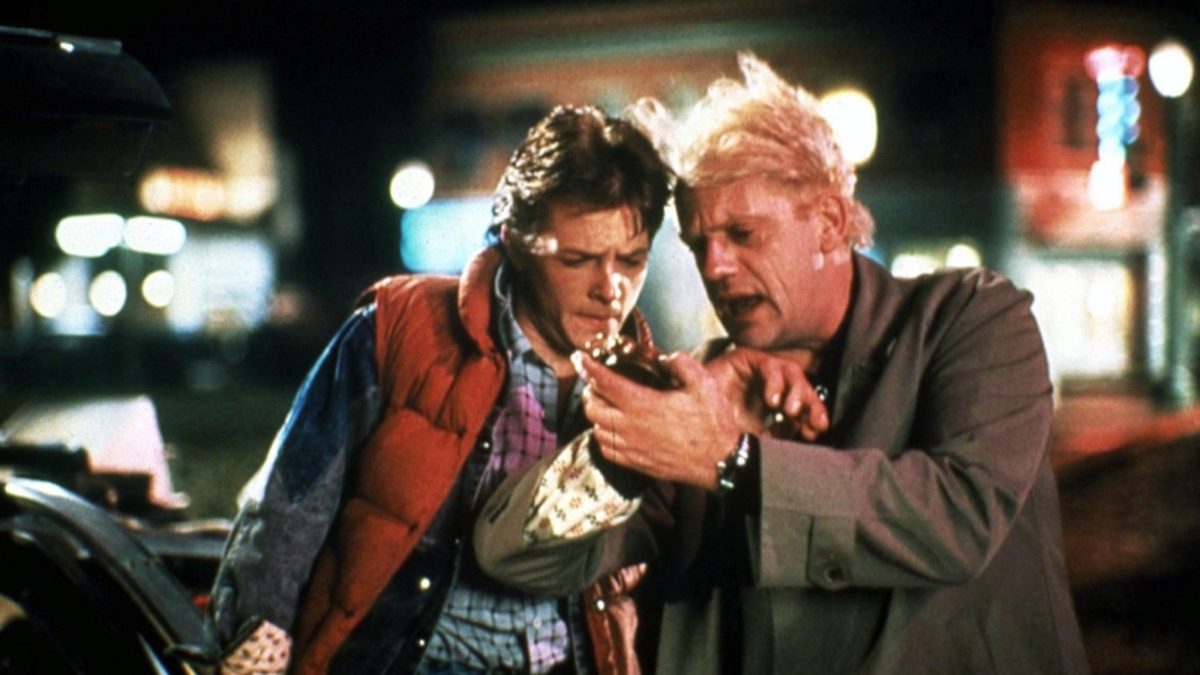
It is rather shocking (and, for this 40-year-old, sobering) to learn that Back to the Future turned 35 in November of this year. The first film, especially, remains a quintessential crowd-pleaser, a fact hammered home in Back to the Future: The Ultimate Visual History (Revised and Expanded Edition) (Harper Design) by Michael Klastorin with Randal Atamaniuk . I covered the original release of this coffee-table book back in 2015, and this new edition catalogs the trilogy’s links to pop culture in the last five years. It also devotes several pages to Back to the Future: The Musical, which sadly closed due to the COVID-19 pandemic. Fittingly, the book ends with the recent BTTF cast reunion for Josh Gad’s Reunited Apart web series. Another new bit of Marty-and-Doc fun is the surprisingly clever Telling Time With Marty McFly (Insight Editions), which offers parents the chance to cheerfully hook their toddlers on tales of DeLoreans and clock towers.
“Play Pop” Series: The Dark Crystal Book of Opposites and Gremlins: Gizmo’s 12 Days of Christmas.
Also recently released as part of Insight’s “Play Pop” series of pop culture-themed books for little ones is The Dark Crystal Book of Opposites, which is lovably strange and quite cute. And Gremlins: Gizmo’s 12 Days of Christmas — An Illustrated Storybook (Insight Kids), written by Andrea Robinson and illustrated by JJ Harrison, is a raucous re-telling of Joe Dante’s 1984 film. A note for parents, though. If you read this one to your kids, you might want to gloss over some of the wild violence, and instead really play up that Gizmo cuteness. You’ll see what I mean from this clever example: “On the seventh day of Christmas, / In the kitchen I did see: / Gremlin feet a-spinning, / Green goo a-dripping — / That microwave’s ruined!”
New in the Star Wars galaxy
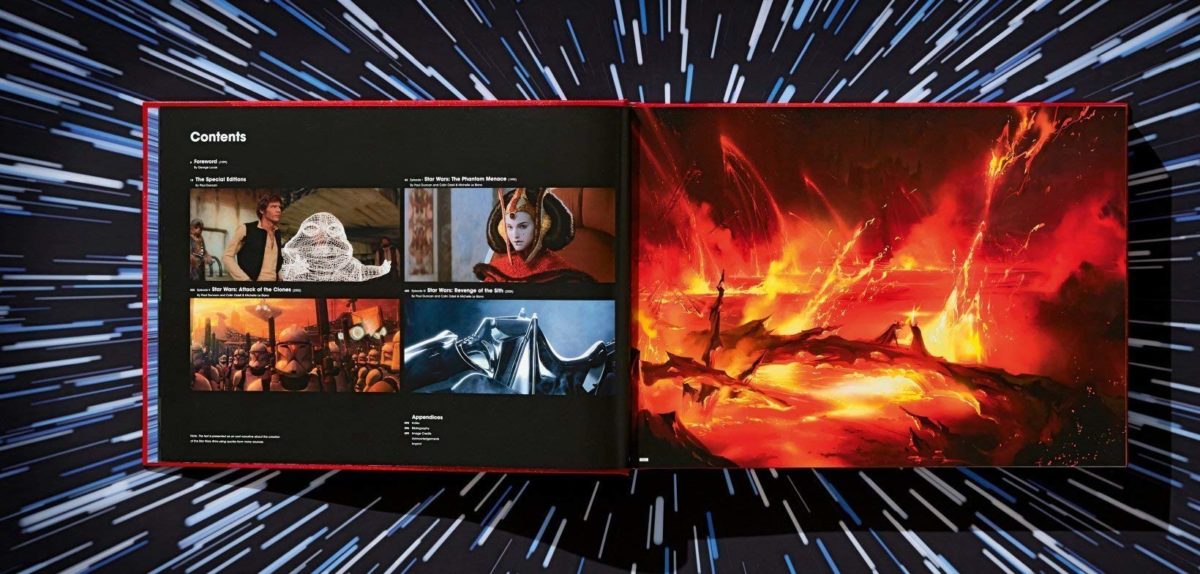
It would not be a new books column without Star Wars books, and three of the latest are certainly of interest. First is another giant, handsome, expensive book from Taschen, The Star Wars Archives: 1999–2005. Author Paul Duncan goes long on the creation of George Lucas’ prequel trilogy, but the book also includes the Special Editions and even some tidbits about his proposed sequel trilogy. The former details are especially interesting, and certainly controversial. (Lucas on Han v. Greedo: “I never designed Han to be a ruthless killer.”) What makes this, and all Taschen releases, so breathtaking, though, are the images. You will not find a more beautifully designed book in 2020 than Archives. Next is From a Certain Point of View: The Empire Strikes Back, the second installment in Del Rey’s “40 Stories Celebrating 40 Years of Star Wars” series, following 2017’s new perspectives on A New Hope. Unleashing a murderer’s row of writers — including Star Wars vets like Jason Fry, Amy Ratcliffe, and Rogue One co-writer Gary Whitta — leads to some memorably offbeat stories. There are plenty of surprises here, and subjects ranging from wampas and Ugnaughts to Dengar and Dagobah. There is also a fun audio version from Random House Audio featuring … wait for it … Jon Hamm as Boba Fett. And new from DK is The Star Wars Book, a fact-heavy exploration of all things galaxy far, far away by Pablo Hidalgo, Cole Horton, and Dan Zehr. While not radically different from other similar texts, Book is noteworthy for its clarification of some Rise of Skywalker question marks. Here’s an example, centered on Palpatine’s son (and, by extension, his granddaughter): “Over the ensuing decades, Sidious continues his obsessive explorations into rejuvenation. Clone offshoots from this process include his ‘son,’ who flees Exegol in an attempt to live a life apart from darkness.” There are plenty more moments like this to be found and chewed on in The Star Wars Book.
Potter perfection from Insight Editions
It has been an odd and unsettling few years for the Harry Potter franchise, due in large part to the controversy over author J.K. Rowling’s transphobic commentary. Many fans have been left in a deeply conflicted state — as have parents. But these issues should not keep children, especially, from being able to enjoy the wizarding world on page and screen. New books from Insight Editions hammer home the thought, care, and imagination that went into the eight-film series. Most notable is the twelve-volume Harry Potter: Film Vault — The Complete Series. Each volume explores a different element of the series’ creation — “Celebrations, Food, and Publications of the Wizarding World,” “Forest, Lake, and Sky Creatures,” “Horcruxes and the Deathly Hollows” — and includes stills, production shots, original designs, and insight-filled text. While the full set is nearly $200, I would call it a must-own for Deathly Hollow-heads. My 10-year-old son was especially enamored with Travel Magic, a tchotchke-packed book of “Artifacts From the Wizarding World.” These include Luna Lovegood’s Spectrespecs and tickets to the Hogwarts Express. Artifacts can also be found in Christmas at Hogwarts, a kid-friendly picture book of holiday-themed stickers and fold-out items. Harry Potter: The Broom Collection & Other Props From The Wizarding World is a nice mix of photography and concept art, while the mighty Pop-Up Guide to Diagon Alley and Beyond is an extraordinary pop-up book featuring favorite locations like Ollivander’s and Flourish & Botts, not to mention nearby sites like the Ministry of Magic.
Actors in their own words
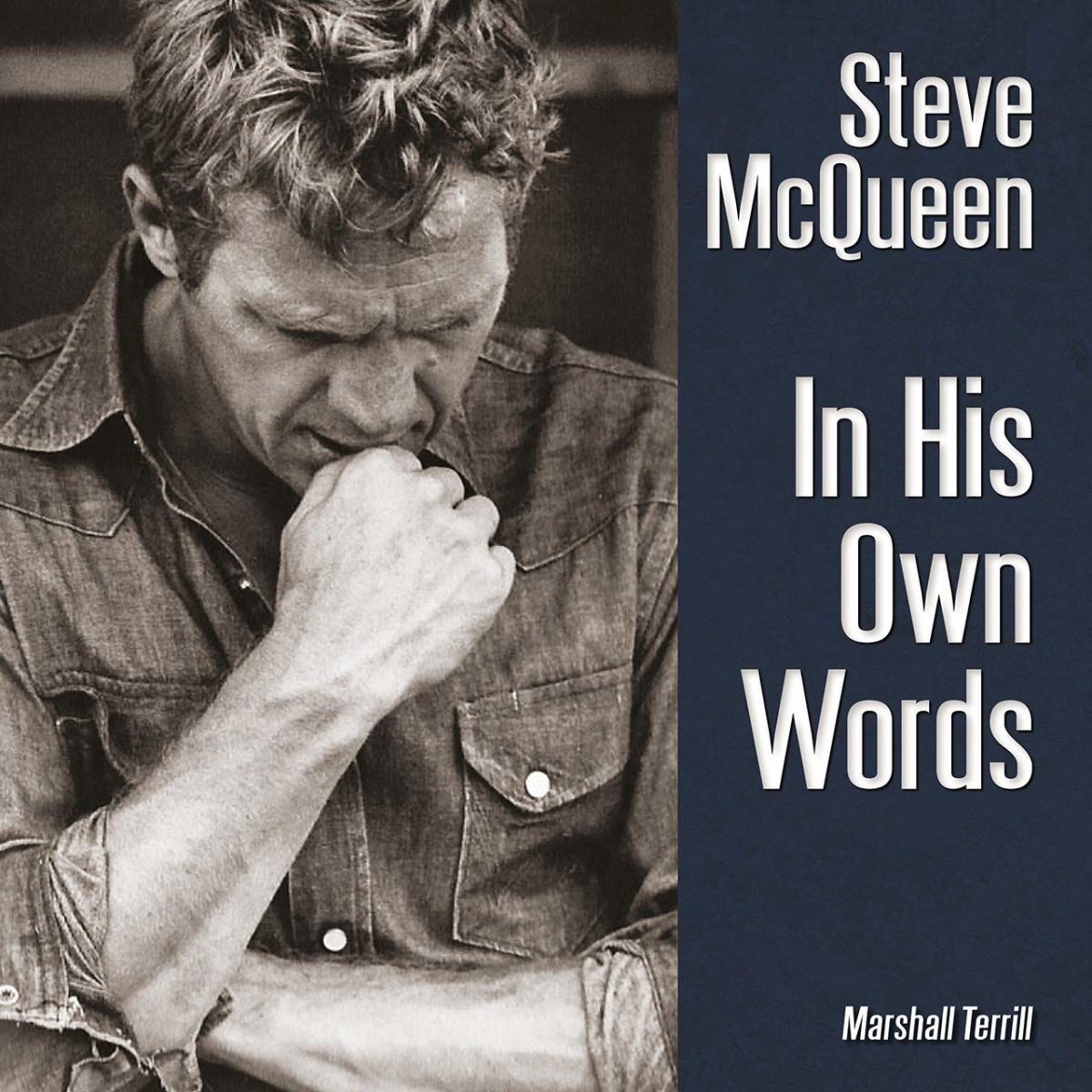
The late Steve McQueen did not live to write a memoir, but Steve McQueen: In His Own Words (Dalton Watson Fine Books) by Marshall Terrill does a fine job of telling the actor’s story in his own voice. In addition to more than 400 quotations, there are more than 500 photographs and personal documents. As a longtime McQueen fan, I found the quotes and images from the last few years of his life especially intriguing. We see the Santa Rosa Clinic where McQueen had cancer surgery, and even the bed he recuperated in. Sadly, he died just hours later. “In my life,” he is quoted as saying, “my daydreams came true, but I ran out.” (BTW, the book has me desperate to watch McQueen’s barely released Enemy of the People.) Also of interest is Matthew McConaughey’s memoir, Greenlights (Crown Publishing). His life story is fascinating, and told in wonderfully alright-alright fashion. Throughout are nice little anecdotes. As a Buffalo resident, I could not help but adore (and also feel depressed by) the sequence in which the budding actor attends the second Buffalo Bills-Dallas Cowboys Super Bowl in Atlanta in 1994, and bets on the Bills. “Second time’s a charm, let’s go Bills,” he thought to himself. After the game, a cabbie saw his hangdog expression and knew what was up: “‘Bet on the Bills, did ya!?’” It’s an amusing story in an endearing book.
Explorations of four unique filmmakers: Miyazaki, Kubrick, Nichols, and May
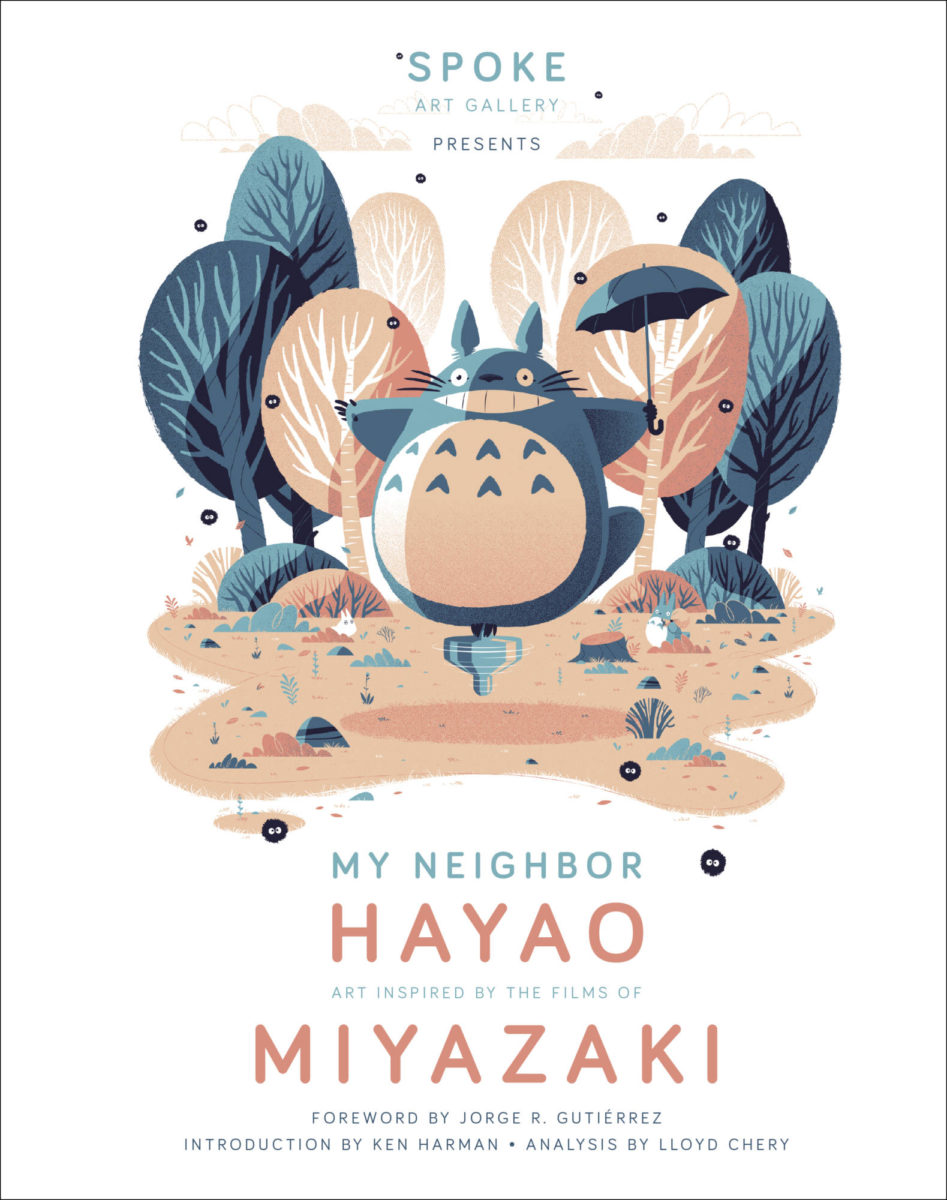
Four genius filmmakers are profiled in three fine new books. First is My Neighbor Hayao: Art Inspired by the Films of Miyazaki (Cernunnos). While this is not a straight biography of the director of animated classics like My Neighbor Totoro and Spirited Away, the artistic tributes herein serve as a fitting document of an incredible career. Some are dark, particularly those inspired by Princess Mononoke. Many embrace childlike wonder, often in the form of Totoro. All are as bold and heartfelt as the work of the master himself. Jordan Bolton’s Wes Anderson-esque object-driven prints are especially endearing. In Stanley Kubrick: American Filmmaker (Yale University Press), author David Mikics has the unenviable task of seeking new Kubrick ground to cover. He finds some, especially when exploring the later years. For example, Mikics on the casting of Eyes Wide Shut: “In a notebook from the eighties he listed a series of possible leading men, including Dustin Hoffman, Warren Beatty, Alan Alda, Albert Brooks, Bill Murray, Tom Hanks, and ‘Sam Shepherd????’ Significantly, when Kubrick finally made his version of Dream Story, he cast an actor without a comic bone in his body, the earnest, highly deliberate Tom Cruise.” And Nichols and May: Interviews (University Press of Mississippi), edited by Robert E. Kapsis, is a two-for-one compendium of interviews with a pair of the wittiest geniuses of the last hundred years, Elaine May and Mike Nichols. There are gems here dating back to the early 1960s, but my personal favorites include a chat with Nichols during the making of Wolf (“If it’s about anything, it’s about male sexuality”), and an extraordinary account of the making and editing of May’s unjustly derided Ishtar. “Hollywood,” May is quoted as saying, “doesn’t care what you did as long as you’re making money for them.”
Aliens behind the scenes, and artists’ takes on Alien
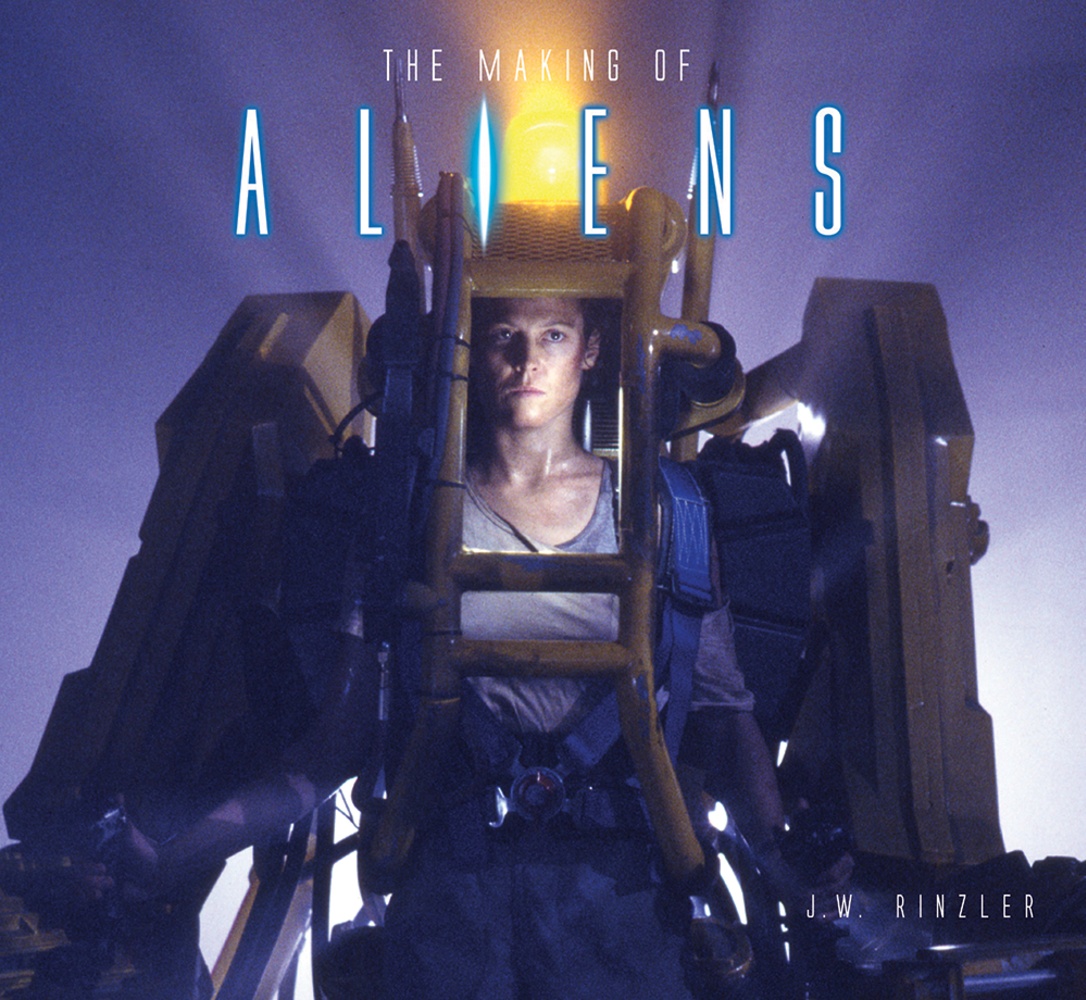
J.W. Rinzler’s books about the making of films like the Star Wars trilogy and the Indiana Jones saga are among the most detailed and in-depth studies of how large-scale classics came together. The author follows 2019’s Making of Alien (covered here) with The Making of Aliens (Titan Books). Like Rinzler’s other works, it includes oodles of production art, stills, and marketing images. What makes The Making of Aliens one of his most involving books yet, though, is the presence of writer-director James Cameron. Few filmmakers are as open and honest about the process. And even though he is known for his confidence, Cameron shows he is not above self-criticism: “In terms of actual technique, it’s crude compared to the films that are made now. But in terms of storytelling, it’s as good as I’ll ever be.” Plus, Rinzler explains in detail how star Sigourney Weaver was originally seen as unnecessary by a misguided 20th Century Fox. Talk about a crisis averted. Ripley fans should also check out Alien: 40 Years 40 Artists (Titan Books), a stunning collection of artwork inspired by the 1979 film. It is hard to pick a favorite, but Sweeney Boo’s digital representation of Ripley (and Jones the cat) might be the coolest. Unrelated to Alien or Aliens but worth a brief mention is Star Trek: The Motion Picture: The Art and Visual Effects (Titan Books), by Jeff Bond. This close look at the film’s design may serve to inspire some newfound respect for the Enterprise’s first big-screen jaunt.
New music books (with links to cinema): Kid A and the New Romantics
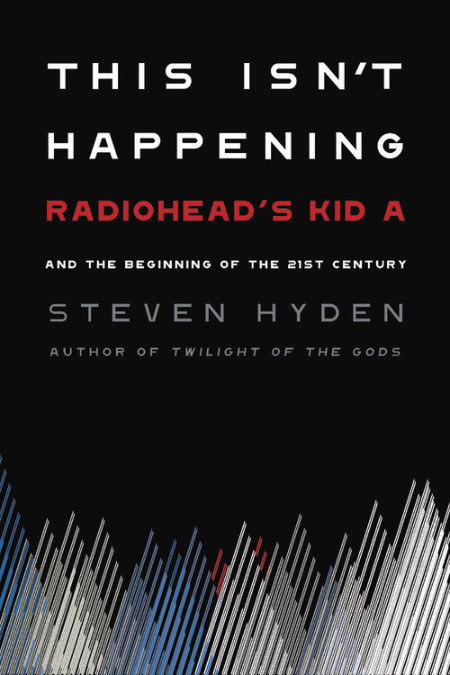
There are few folks writing about music with the intelligence, personality, and pop culture-savvy of Steven Hyden. With This Isn’t Happening: Radiohead’s “Kid A” and the Beginning of the 21st Century (Hachette Books), Hyden has somehow managed to top 2019’s incredible Hard to Handle: The Life and Death of the Black Crowes, an electric blast of a memoir co-written with ex-Crowes drummer Steve Gorman. This Isn’t Happening is the first book to seriously explore the archaeology of Radiohead, and explain the crucial importance of 2000’s Kid A. Hyden adroitly diagnoses what led Thom Yorke to dramatically alter the band’s sound and vision: “Now that his old songs have become their own genre of British rock, Yorke finds that he can’t write Radiohead songs himself — not anything that he likes anyway.” Hyden keeps the book deeply personal, and also full of surprises. (Can you guess the “most attractive member of Radiohead to hang out with”? The answer will shock you.) This Isn’t Happening is, on final analysis, one of 2020’s finest and most enthralling reads. Also noteworthy is Sweet Dreams: The Story of the New Romantics (Faber) by Dylan Jones. This, of course, is the unique post-punk era in British pop that saw stardom for icons like Boy George and bands like Spandau Ballet and Duran Duran. It was an oft-derided scene, but Jones gives these performers well-earned respect. And he does so with wit and insight. Jones explores the influence of Bowie, Bryan Ferry, and Kraftwerk, and establishes how this moment in British history was destined to foster a “decade of cultural experimentation and sexual emancipation, and the start of a prolonged period of bohemianism, one that in many respects is still with us.”
The art of replicants, an animated Caped Crusader, and … Slimer
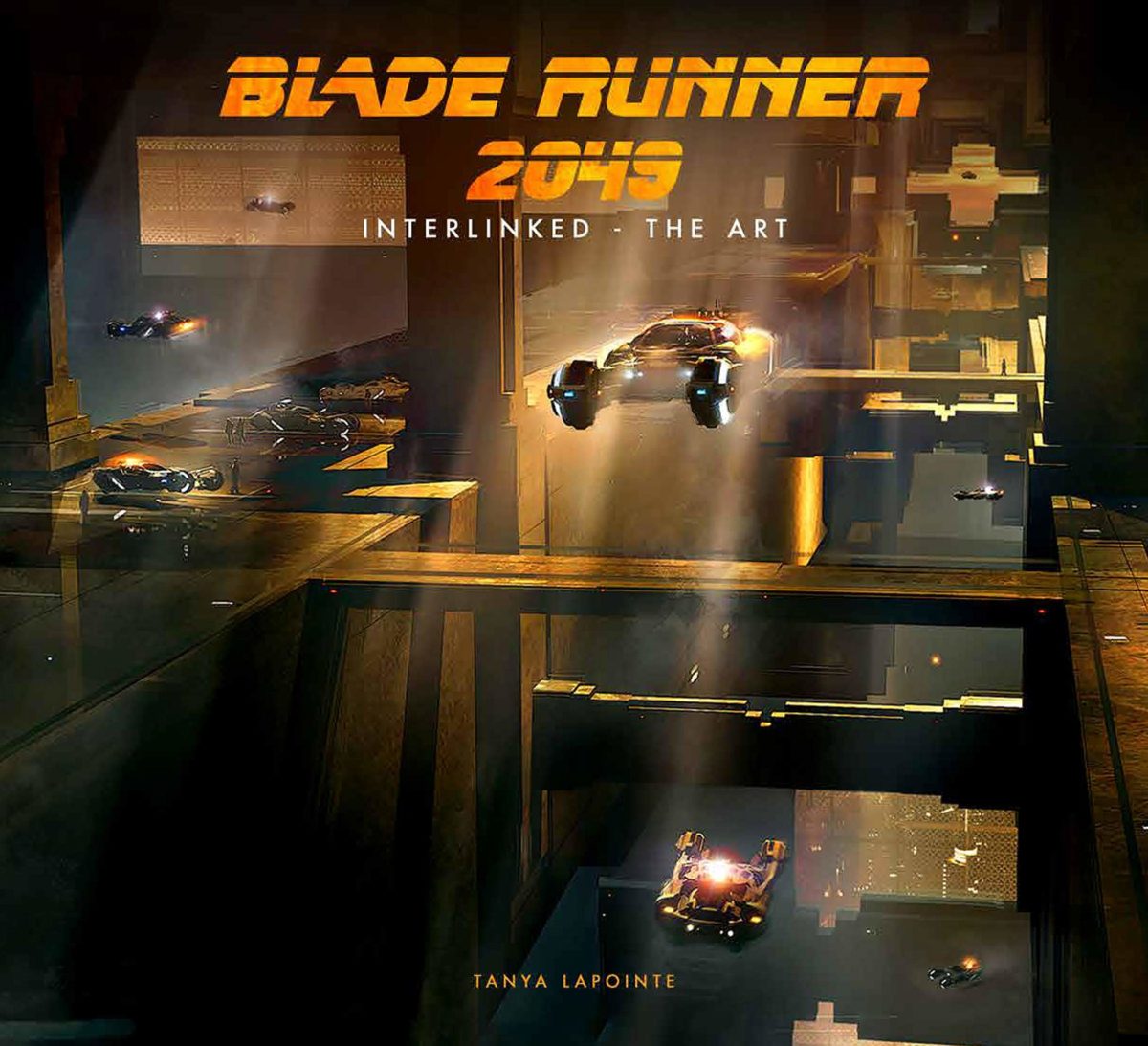
Three new collections of illustrations and designs focus on some of the most beloved characters in pop culture. First is Ghostbusters: Artbook (Insight Editions), in which a variety of artists offer their takes on Ivan Reitman’s 1984 classic. There is, as one might expect, a lot of Stay-Puft and Slimer. But every major character—and yes, that means Louis Tully—is represented. Blade Runner 2049: Interlinked — The Art (Titan Books) by Tanya Lapointe is a companion book to Lapointe’s 2017 release, The Art and Soul of Blade Runner 2049 (covered here). It’s a unique look into the design process from start (Sapper Morton’s farm) to finish (the “Memory Lab”). Last is Batman: The Animated Series: The Phantom City Creative Collection (Insight Editions), featuring truly tremendous art by Justin Erickson. He brings an appropriately dark touch to posters for Batman: Mask of the Phantasm and even individual episodes of the series, like Christmas With the Joker. What is most remarkable is Erickson’s range—and his clear love and respect for Batman: The Animated Series and its characters.
Bonus: New Blu-rays from Criterion
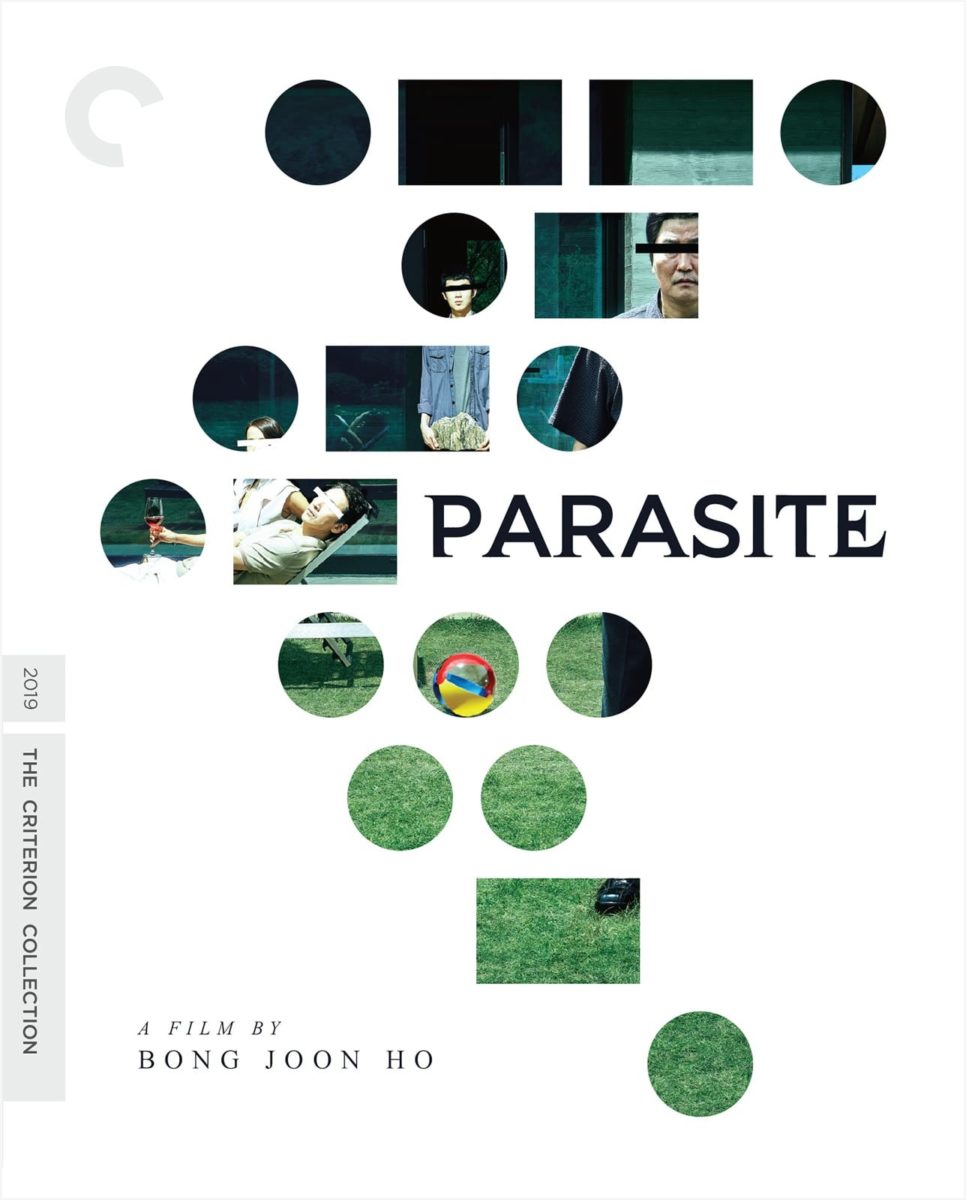
The final months of 2020 feature a plethora of exceptional new Blu-Rays from Criterion. Two of these are classics from 2019, while another, David Lynch’s The Elephant Man, dates back to 1980. The 4k digital restoration of the story of John Merrick is breathtaking, and the booklet features both an excerpt from Chris Rodley’s Lynch on Lynch and a moving 1866 letter to the editor of the London Times from London Hospital chairman Francis Culling Carr Gomm. “It is a case of singular affliction brought about through no fault of himself,” he wrote. “He can but hope for quiet and privacy during a life which Mr. Treves assures me is not likely to be long.” Nine months after its Best Picture victory, Bong Joon Ho’s Parasite is awarded the Criterion treatment. Critic Inkoo Kang’s booklet essay zeroes in on the elements that made the film a worldwide phenomenon. “Parasite is clear-eyed about the illusions that inequality needs in order to perpetuate itself,” she writes, “and about the many systems that shield one-percenters like the Parks from having to get their own hands dirty while engaged in the project of oppression.” Finally is the Blu-ray release of Martin Scorsese’s mighty epic, The Irishman. The film looks even better than it did on Netflix, and comes teeming with extras. Critic Geoffrey O’Brien contributes an essay that beautifully gets to the heart of what makes the tale of Frank Sheeran, Russell Bufalino, and Jimmy Hoffa so emotionally powerful: “The core of The Irishman, in between the shootings and brawls and breaking television-news stories, is a series of intimate exchanges, one-on-one encounters, small transactions, soundings out—a constant redefining and reassertion of permissions and limits.” Masterful writing about a film that is, make no mistake, a masterpiece.
